In central London? I hear you say. Beekeeping and a farm garden? In central London.
Well, yes. Yes, indeed. Walworth Garden Farm is near Kennington tube station. Put your hands up if this means anything to you. If it doesn't, think council estates, think bricks, think high apartment blocks. And you can see why a farm would seem out of place here. Yet there it is and it thrives in the midst of the concrete.
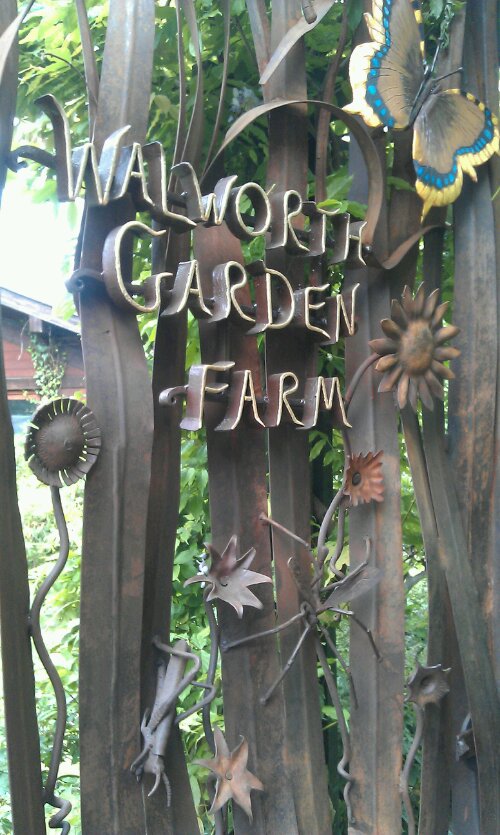
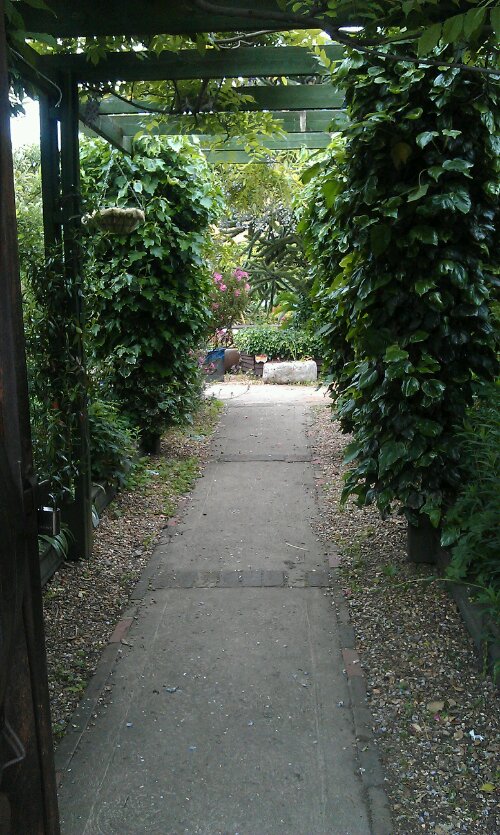
The morning was spent getting to know each other and getting to grips with the basics of bees, which consisted of the following:
There are three types of bees - a queen bee, the worker bees and the drones. They are all interdependent on each other and cannot survive unless each is present.
The queen bee, after she has hatched, will take trips out of the hive for the first few weeks of her life. These trips are to find male bees to mate with (which they so in the air). The queen bee saves up all the sperm from this mating period, as she will never mate again in her life. Her life is spent laying eggs and she uses the sperm she has saved to fertilise them. If she is laying a drone egg, she doesn't fertilise it. It becomes an exact copy of herself. When that drone then goes out and mates with another bee, the queen bees DNA continues on.
The way a queen bee knows whether to lay a fertilised egg (which will become a worker bee) or an unfertilised egg (which becomes a drone) is by measuring the size of the cell the bees have built. The bees build bigger cells for drones so when the queen bee measures it with her legs, if it is a bigger cell, she lays a drone egg.
(By this point in the day, I was overwhelmed. I never realised bees were so mindblowingly clever.)
Bees also each go and collect one of three things when they go out - nectar, pollen or propolis. No-one yet knows how they figure out who's doing what so that they have the rights amounts of each thing.
To keep the temperature of the 'brood' (the growing eggs and larvae) at 30 degrees, if it is cold outside, they will huddle together and vibrate their wing muscles (shoulder muscles, if you will) to keep warm. If it is hot, they will fly out to find water, then create an indoor aid conditioning system by spitting/spraying the water out and flapping their wings. The bees will all flap their wings in a certain direction to circulate the air one way and cool everyone down.
After sitting around being amazed all morning, it was time for a quick lunch break and wander in the garden...
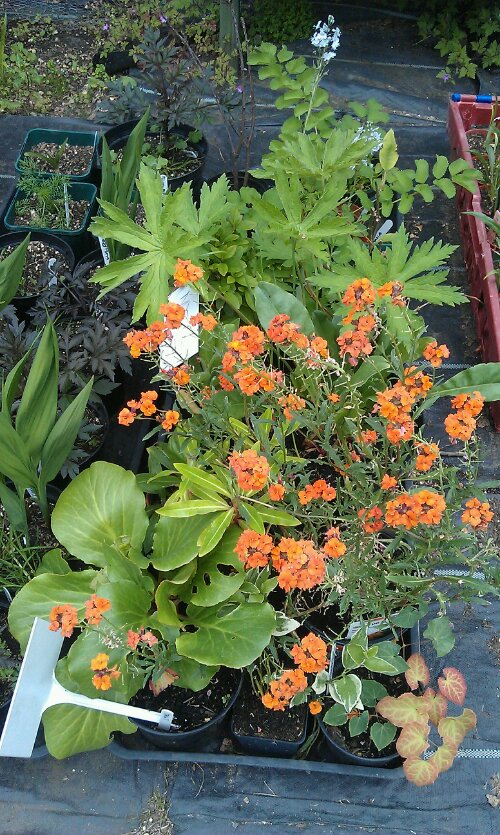
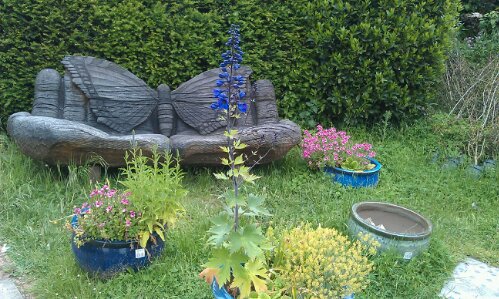
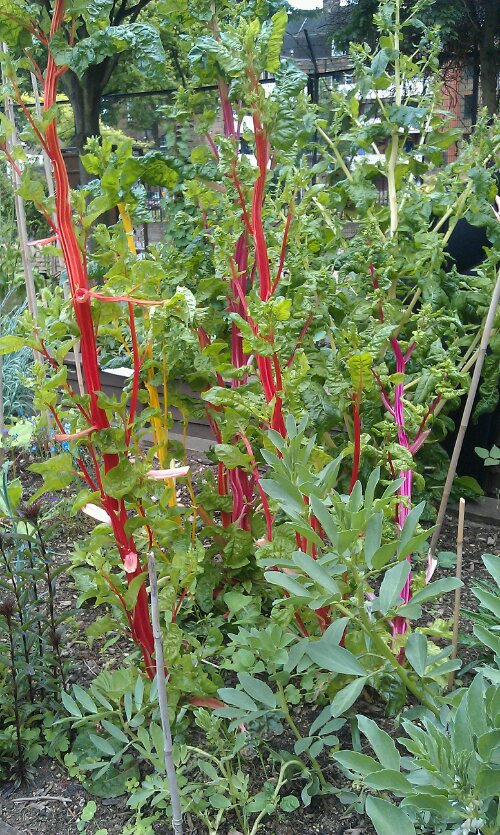
Then for the afternoon, we were split into two groups, with half of us going to look at the beehives. Off we went, to get kitted out...
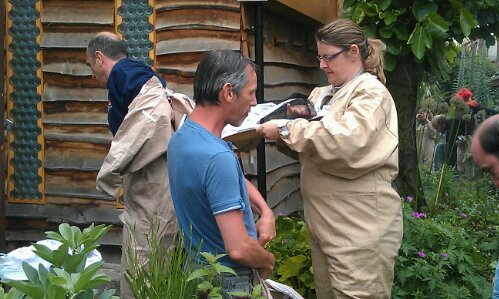
The guy in the blue t-shirt, Ian, is Mr Beekeeper and his knowledge of bees and their habits is so vast. He went in with no kit on and took the lids off the hives and showed us the cells and the workers and the queen bee and the honey and....
It went on and on and it was fascinating. I could have stayed there all day, in my unflattering beige suit, looking at the bees.
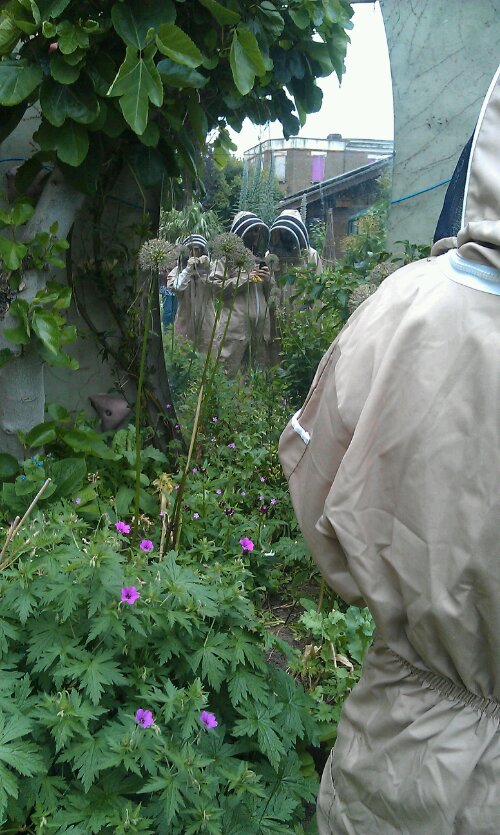
Anyway, after some more bee chat, some of which is mentioned above, we called it a day and will be back next Sunday to find out about how to extract honey from hives and what to do with leftover wax.
Watch this space for more bee facts. I feel another post coming on tomorrow.
The course instructors were amazing yesterday. Everyone knows their stuff inside out and is passionate about what they do and about sharing their knowledge. If you can get to beekeeping course near you, I can fully recommend it, not necessarily to become a beekeeper, more to understand and appreciate how these fabulous little creatures help us and how they work. They are very, very interesting little things.
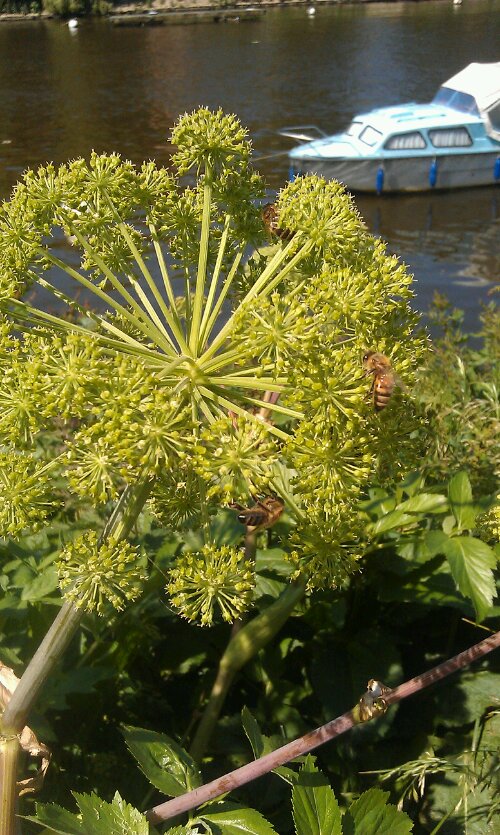
No comments:
Post a Comment